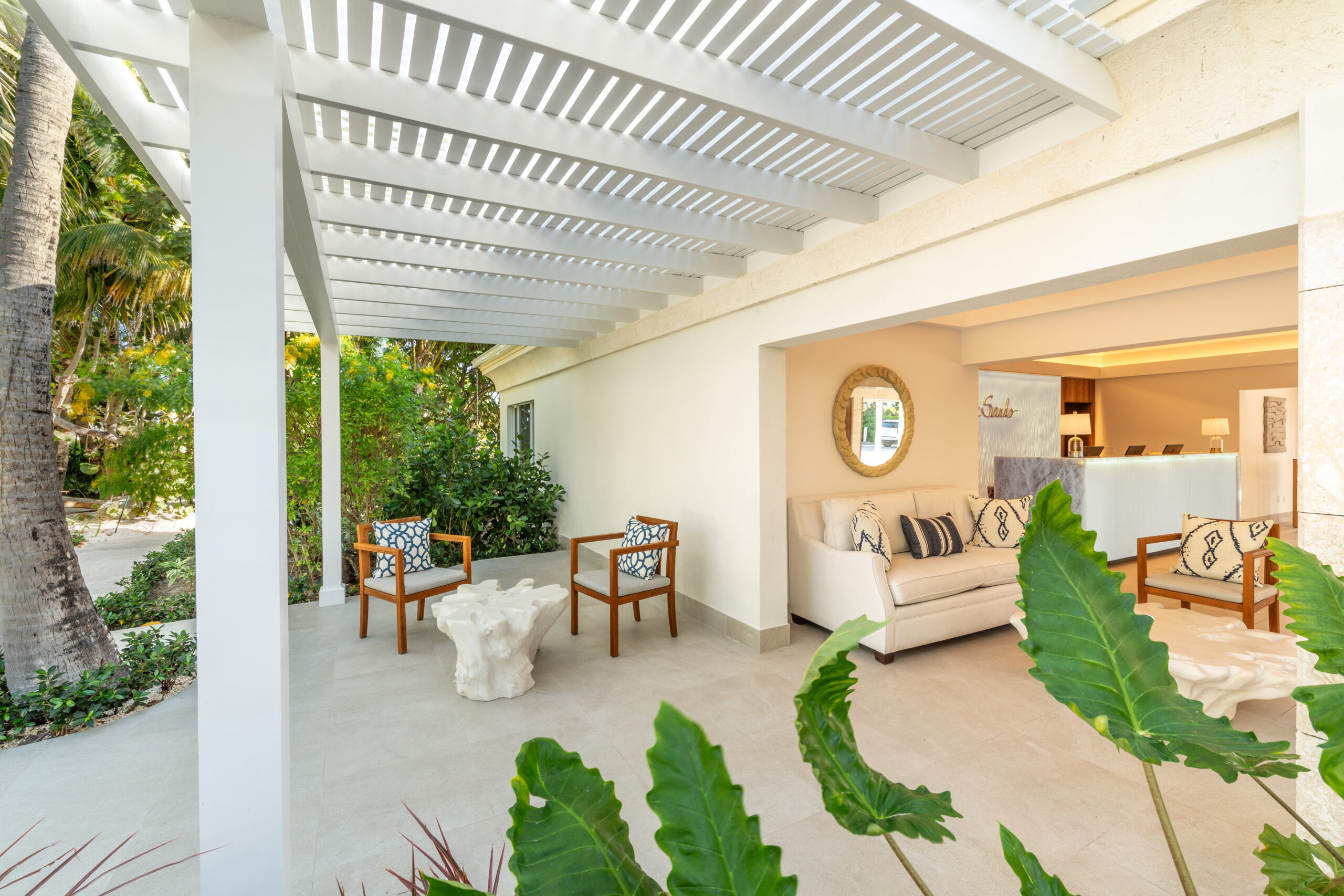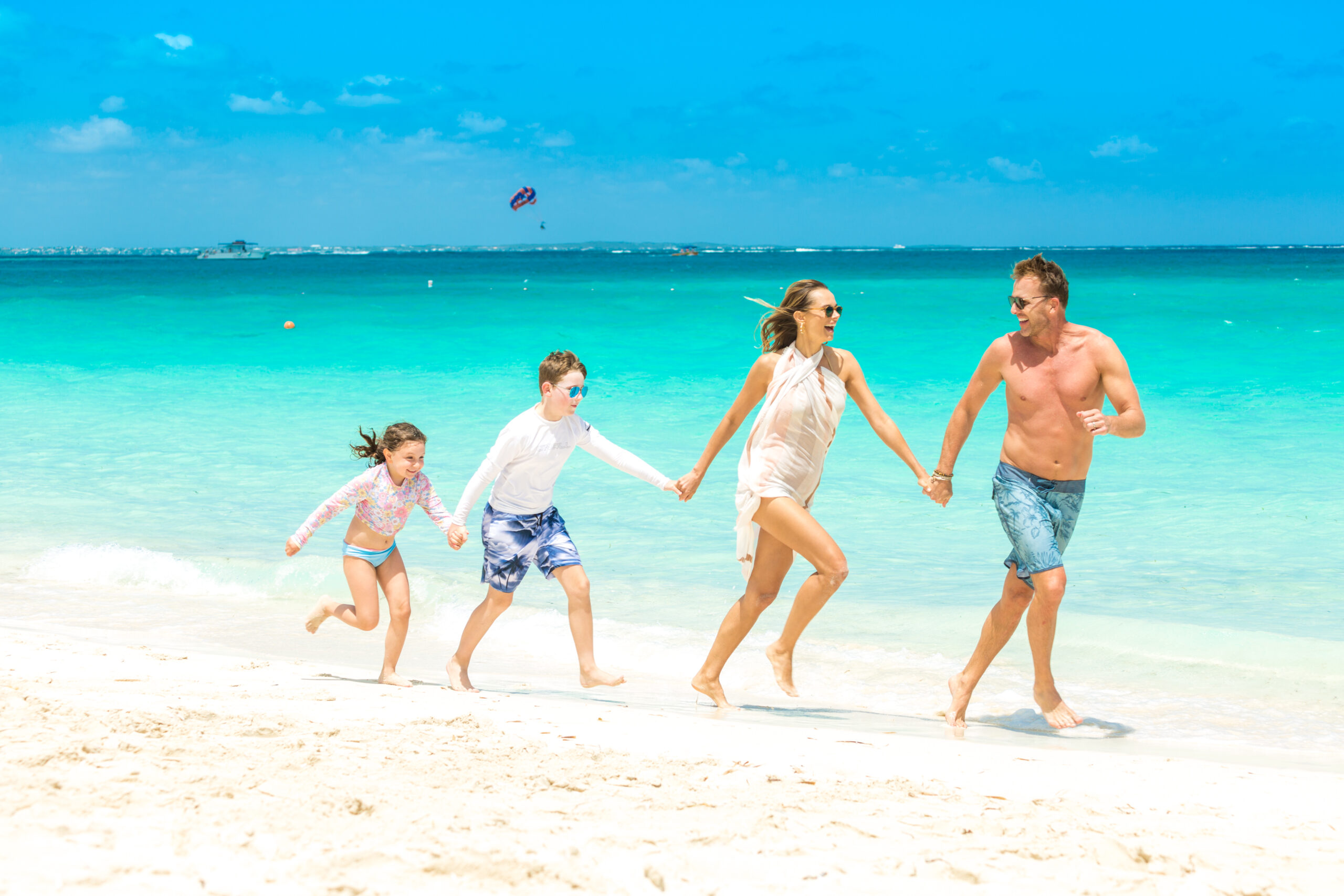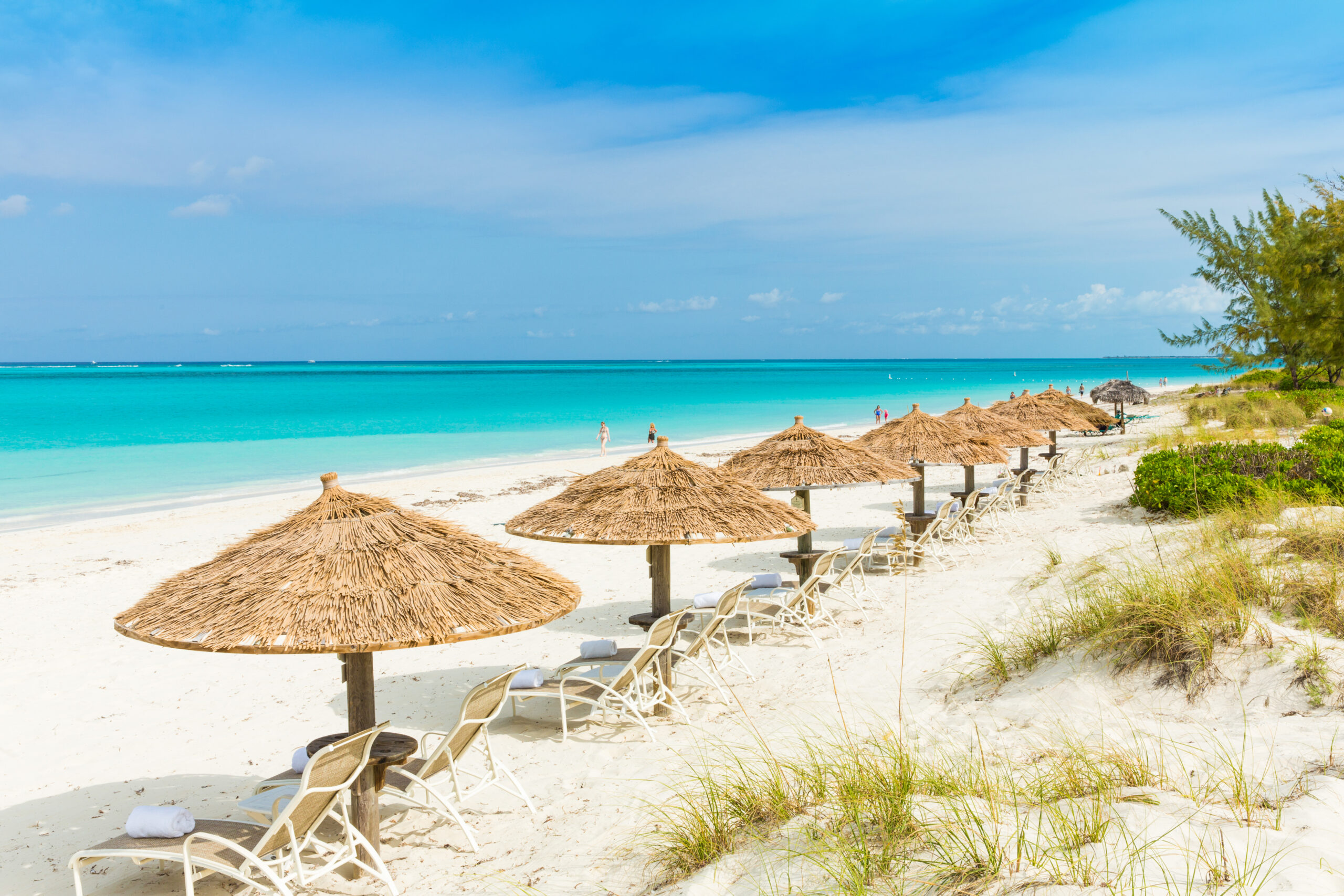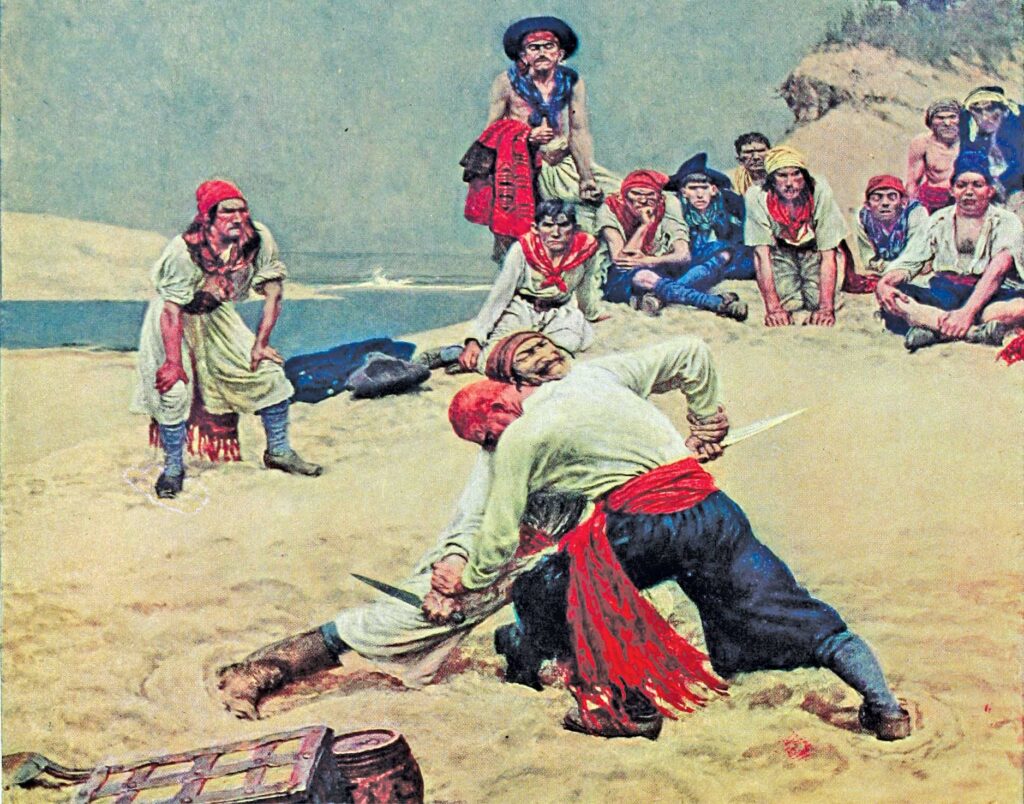
The Turks and Caicos Islands consist of 40 islands and cays. Only eight are inhabited, which leaves a lot to explore, and a lot to the imagination.
For many visitors, the islands and cays floating on the Caicos Bight conjure up images of the mythical past of the Caribbean. Sailing ships, deserted islands, buried treasure, and, of course, pirates. Were there ever any pirates in the Turks and Caicos? If there were, where could they be found?
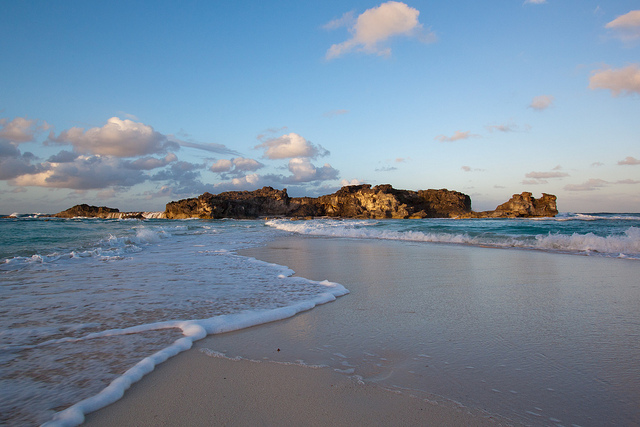
A secluded outpost at the edge of the Atlantic
The Turks and Caicos are located to the east of Florida and the Bahamas, and just to the north of the Caribbean proper. For sailing ships relying on the trade winds to return to Europe from South America, the Turks and Caicos offered a place to stop for water and food (typically fish), and make repairs.
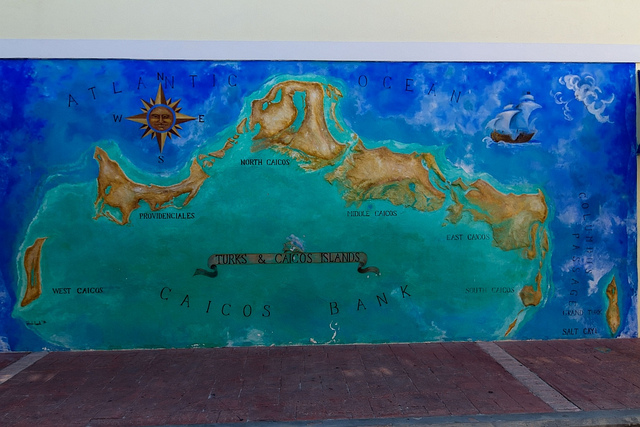
Ships have passed by the Turks and Caicos for more than 500 years. It’s thought that Christopher Columbus first made landfall on Grand Turk. After that, privateers traveled back and forth between the Turks and Caicos and Bermuda for more than a hundred year. They came to the Turks and Caicos for a valuable product: salt, one of the most important commodities in the world for thousands of years.
Along the way the Spanish were sending millions of dollars of Peruvian silver back to Europe every year, and so the Caribbean became the hunting ground of rival colonial powers, including the British and the French, as well as the pirates.
The Spanish treasure fleets of the Caribbean
The Spanish West Indies treasure fleet traveled in convoys, starting in 1566 until the end of the 19th century and the start of the Napoleonic wars. These convoys linked Spain with its territories in the Americas.
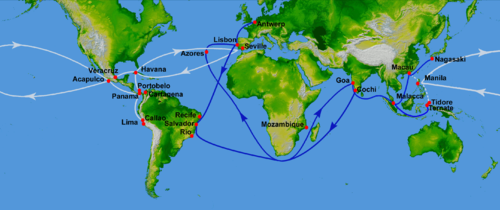
Every year, two fleets left Spain loaded with European goods in demand in the Spanish-American colonies. The two fleets sailed together down the coast of Africa, and stopped at the Canary Islands for provisions before the voyage across the Atlantic.
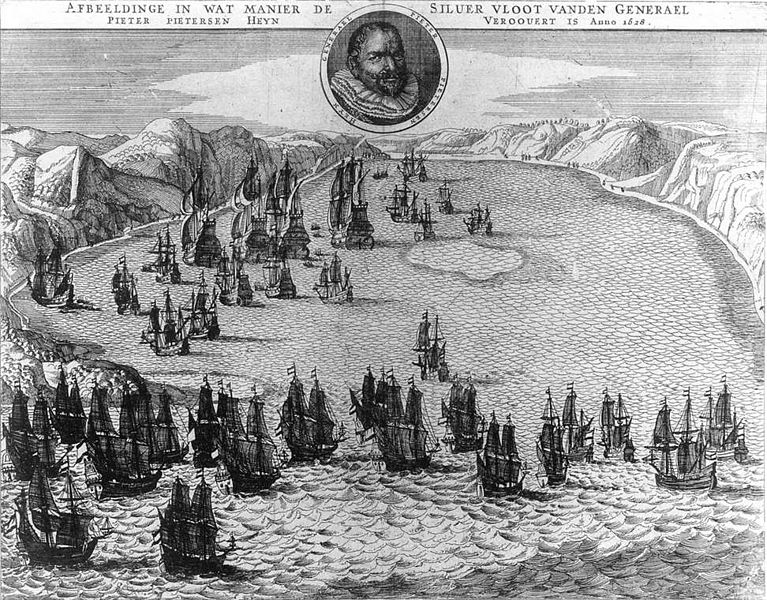
On the return trip, the convoys transported a wide variety of items, including food and crops, lumber, sugar, tobacco, and, most notably, silver, gold and gems. For the pirates lying await for the fleets in the Bahamas and the Turks and Caicos, these fleets were an irresistible target.
Silver an Irresistible Target for Pirates
A single galleon might carry 2 million pesos. The modern approximate value of the estimated 4 billion pesos produced during the period would come to the modern equivalent $500 billion.
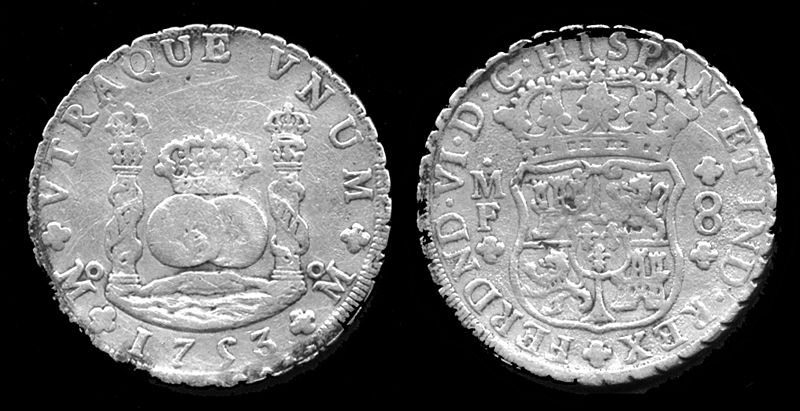
Who were the pirates?
It took hundreds of thousands of men to man the sailing ships of the Transatlantic trade and the navies that preyed on and protected these fleets. Life on sailing ships was generally unpleasant and quite frequently brutal, so, if there was an opportunity, men would jump ship to somehow forge an existence on their own. The many deserted island of the Caribbean made for a great place to hide.
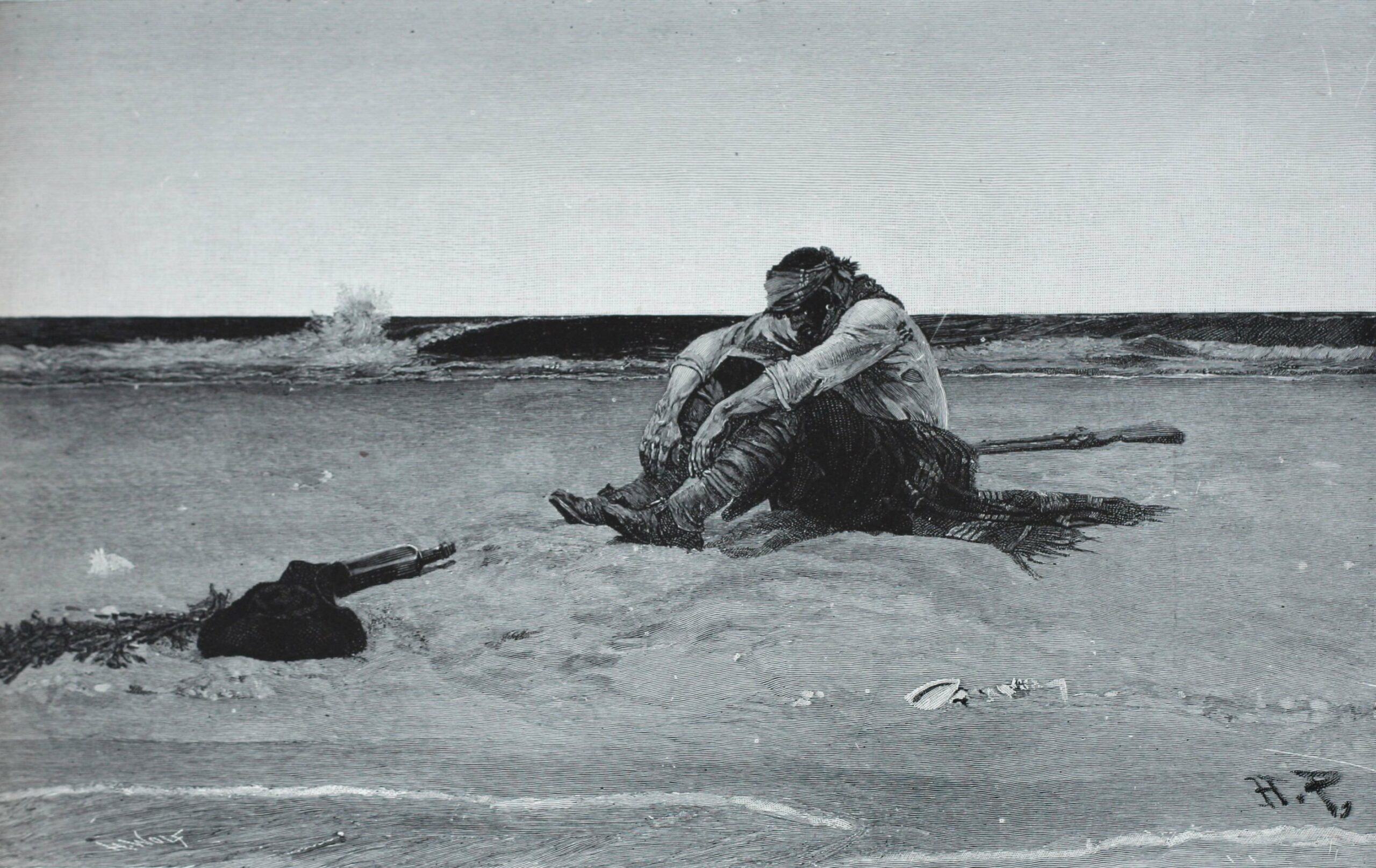
Pirates in the Bahamas
Due to their location along the trade routes, the Bahamas, to the west of the Turks and Caicos, became a haven for pirates. In fact, Nassau, in the Bahamas was known for a time as “the Republic of Pirates.”
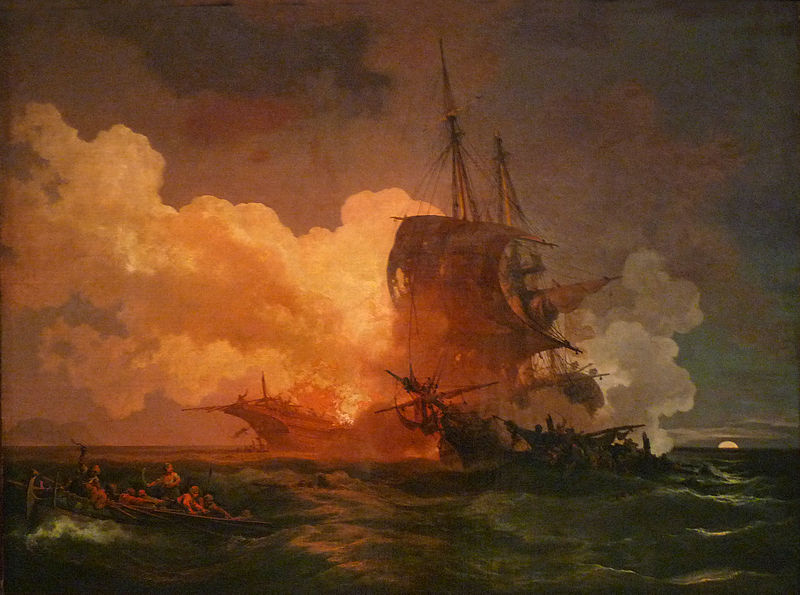
Ironically, this pirate haven in the Bahamas came about when Spanish forces attacked the British colony there, driving out the settlers. Pirates were only to happy to move into occupied homes and farms, and the Bahamas would provide the pirates
Pirates in the Turks and Caicos
From about 1690 to 1720, pirates hid in the cays of the Turks and Caicos Islands, attacking Spanish treasure galleons en route to Spain from Cuba, Hispaniola, and the Spanish possessions in Central America and Peru.
The islands were not fully colonized until 1681, when salt collectors from Bermuda built the first permanent settlement on Grand Turk Island.
Until that time the islands were the perfect place to hide.
Experience the history of Turks and Caicos with a full-day cruise
If you want to catch a glimpse of the history of the pirates of Turks and Caicos, a full-day trip up the Caicos Bank to the east of Grace Bay and the Leeward side of Providenciales is the way to do it.
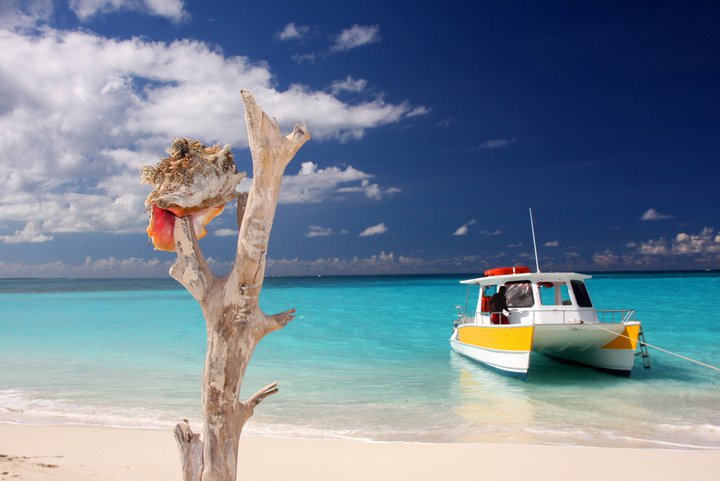
As its name suggests, Caicos Bank is notable for its shallow, crystal-clear water and white sands.
The full day excursion makes a stop at Leeward Reef for snorkeling right from the boat. Leeward reef is located off the northeastern, leeward tip of Providenciales and has been left relatively untouched by development.
The tour also explores some of the more remote cays that most visitors never get to see. One of these small islands is Fort George Cay, less than an hour by boat to the east of our resort.
Fort George Cay is an uninhabited island that once was home to a small fort that protected the Caicos islands from pirates. Some of the gun emplacements still remain, which makes for an incredible beachcombing experience.
As part of its full-day excursion, Caicos Dream Tours provides a delicious BBQ feast.
After lunch the tour resumes with snorkeling at the spectacular coral beds off Pine Cay and exploration stop at Half Moon Bay.


